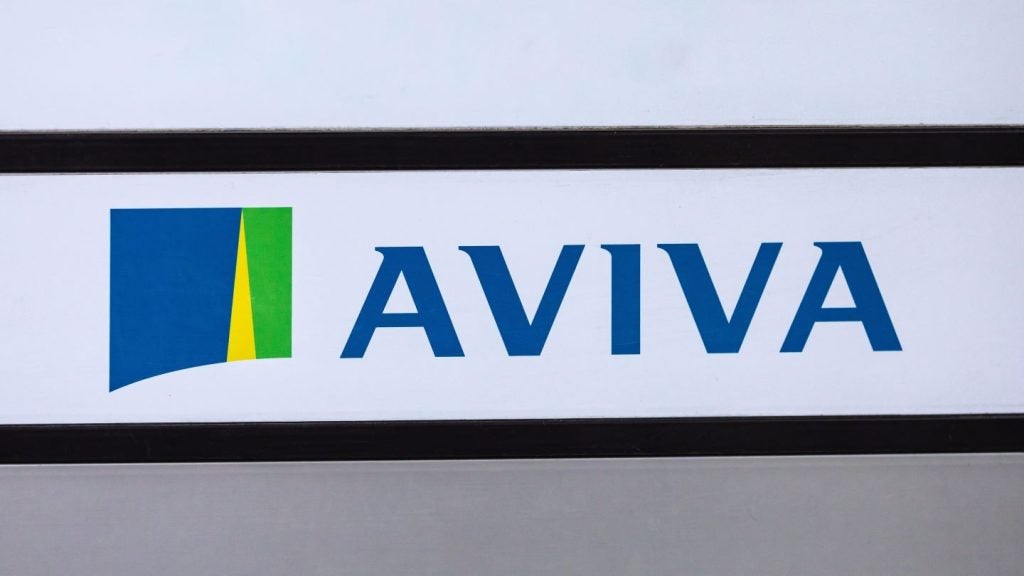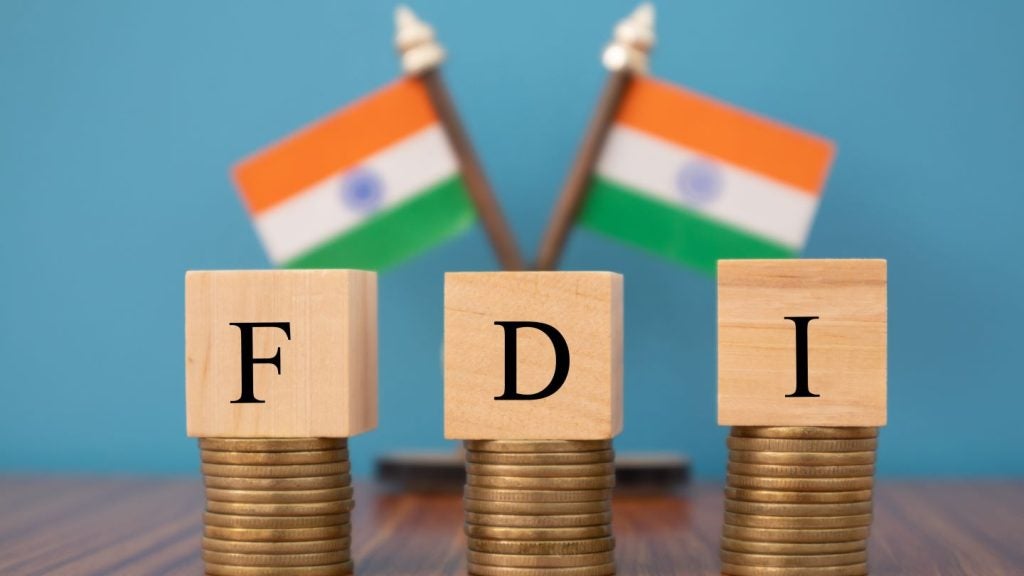blood-letting from US insurer American International Group (AIG)
which has reported a net loss of $5.36 billion for the three months
to 30 June. The third consecutive quarter of losses, the latest
results brought net losses for the first half of 2008 to $13.16
billion and total net losses since the fourth quarter of 2007 to
$18.45 billion.
AIG chairman and CEO Robert Willumstad said: “Our second-quarter
results were adversely affected by the severe conditions in the
housing and credit markets and a very difficult investment
environment.”

Access deeper industry intelligence
Experience unmatched clarity with a single platform that combines unique data, AI, and human expertise.
Willumstad, chairman since November 2006, assumed the additional
role of CEO in June following Martin Sullivan’s departure.
 Included in the
Included in the
second-quarter loss was a pre-tax charge of $5.56 billion ($3.62
billion after tax) for an unrealised market valuation loss related
to a credit default swap (CDS) portfolio of AIG’s financial
products unit (AIGFP). In essence, the writer of a CDS insures a
bond holder against the risk of a bond issuer defaulting, a risky
business in the current US securities market.
Adding to its CDS woes, AIGFP also recorded a pre-tax net loss of
$518 million ($337 million after tax) for a credit valuation
adjustment on assets and liabilities in accordance with US
Financial Accounting Standards Board fair value asset calculation
rules.
Realised losses in recognition of impairment to asset values not
viewed as temporary also took a heavy toll in the second quarter of
2008, totalling $6.08 billion ($4.02 billion after tax). These
losses related primarily to declines in fair values of certain
residential mortgage-backed securities and other structured debt
securities.

US Tariffs are shifting - will you react or anticipate?
Don’t let policy changes catch you off guard. Stay proactive with real-time data and expert analysis.
By GlobalDataWillumstad stressed the latest results do not reflect the earnings
potential of AIG’s businesses. However, he conceded, “we have a lot
of work to do to restore AIG’s profitability to where it should
be”.
He continued that a review of business was underway with the
objective of improving results, reducing AIG’s risk profile and
protecting capital base.
“Our goals are straightforward – to determine the optimal portfolio
of businesses for AIG, sharpen our risk management and capital
allocation processes, reduce expenses and continue to strengthen
our accounting and reporting infrastructure,” said
Willumstad.
Unimpressed, investors reacted to AIG’s second-quarter results by
sending its share price plummeting 18 percent in the wake of the
announcement.
AIG’s poor results came against the background of bad news from
Richard Syron, chairman and CEO of US mortgage-backed security
specialist Freddie Mac.
“The housing market is far from stabilised,” said Syron during a
press conference following the release of Freddie Mac’s half-year
results.
He added that his organisation believes the US housing market is
half-way through its peak-to-trough price cycle and predicted
prices will have fallen 18 percent to 20 percent when the trough is
reached.
Adding further to negative sentiment was Moody’s speculative-grade
bond report for the 12 months to 31 July. According to the rating
agency, on a global basis, its speculative-grade default rate rose
to 2.5 percent, the largest monthly rise since this rate bottomed
out at 0.9 percent in November 2007. In July 2007 the global
default rate was 1.5 percent.
Moody’s director of corporate default research Kenneth Emery said:
“Under our baseline model forecast scenario, the global default
rate is expected to climb to 6.3 percent over the next 12 months,
while it could reach 10 percent under the downside scenario of a
protracted US recession.”







